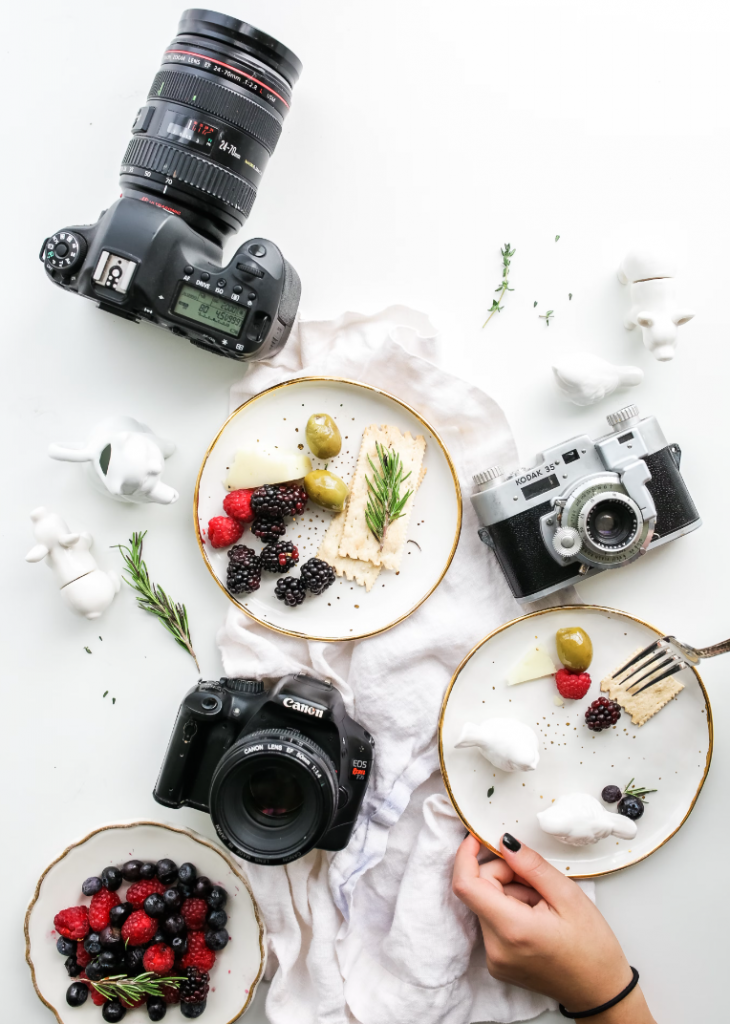Introduction
In a world where we eat with our eyes before we take the first bite, mastering the art of food photography is more valuable than ever. Whether you’re a seasoned photographer or an amateur looking to elevate your Instagram game, these tips will guide you in capturing the essence and flavor of your culinary creations.
Essential Equipment for Food Photography
To capture the perfect shot, having the right tools is crucial. Invest in a good camera, appropriate lenses, and accessories such as tripods and reflectors. The choice of equipment can significantly impact the quality of your food photography.
Mastering Lighting Techniques
Lighting is the secret ingredient in food photography. Natural light provides a soft and flattering illumination, while artificial lighting can add drama and depth. Experiment with different light sources and angles to find the perfect lighting for your dishes.
Composition Rules for Mouthwatering Shots
The rule of thirds, leading lines, and framing are composition principles that can transform your food photos. Play with angles to showcase the textures and layers of your dishes, making them visually appealing and enticing.

Food Styling: Turning Ingredients into Art
Food styling is an art form that elevates your dishes from ordinary to extraordinary. Pay attention to color contrasts, textures, and use props that complement your food. The right styling can enhance the overall aesthetics of your photos.
Understanding Your Camera Settings
Unlock the full potential of your camera by mastering its settings. Adjusting aperture, shutter speed, and ISO allows you to control the exposure and depth of field. Use manual mode to tailor your settings to the specific requirements of each shot.
Editing Magic: Enhancing Your Food Photos
Post-processing is the cherry on top of food photography. Experiment with photo editing tools to enhance colors, sharpness, and overall visual appeal. Strive for a balance that makes your food look irresistible without appearing overly manipulated.
Telling a Story Through Your Food Photography
Go beyond merely capturing the dish; tell a story with your images. Showcase the ingredients, the preparation process, and the final presentation. A narrative adds depth and personality to your food photography.

Social Media and Food Photography Trends
Stay current with social media platforms and photography trends. Instagram and other platforms offer a vast audience for your culinary creations. Engage with trends but also find your unique style to stand out in the crowded world of food photography.
Common Mistakes to Avoid in Food Photography
Learn from common mistakes, such as poor lighting or awkward compositions. Overcoming challenges and pitfalls is an integral part of improving your skills. Analyze your mistakes and continuously refine your approach.
Tips for Capturing Specific Types of Food
Different dishes require different approaches. Tailor your photography techniques to showcase the unique features of each cuisine. Whether it’s capturing the sizzle of a steak or the vibrant colors of a salad, adapt your methods accordingly.
Building Your Food Photography Portfolio
Create a portfolio that reflects your style and versatility as a food photographer. Showcase a variety of dishes, angles, and lighting scenarios. A well-curated portfolio is your visual resume, attracting potential clients and collaborators.
Networking in the Food Photography Community
Connect with fellow photographers, chefs, and food influencers. Join online communities, participate in events, and engage in conversations. Networking not only enhances your skills but also opens up opportunities for collaboration and exposure.
Legal Considerations in Food Photography
Understand the legal aspects of food photography, including copyright and licensing. Respect the intellectual property of others, and be aware of the regulations when sharing or selling your work. Legal knowledge protects both your creations and your professional reputation.
Conclusion
Capturing flavor through your lens is a journey of exploration and creativity. By embracing these tips, you’ll not only enhance your food photography skills but also immerse yourself in the joy of visually representing the essence of each dish. So, grab your camera, experiment with these techniques, and let your culinary creations shine.
Frequently Asked Questions (FAQs)
- Do I need an expensive camera to take good food photos?
- While a high-quality camera can make a difference, it’s more about understanding your equipment and mastering photography techniques. Even smartphones can capture stunning food photos with the right approach.
- How important is natural light in food photography?
- Natural light is highly valuable in food photography, providing a soft and flattering illumination. However, artificial lighting can also be used effectively to achieve specific creative effects.
- What are the best photo editing tools for food photography?
- Popular photo editing tools include Adobe Lightroom, Snapseed, and VSCO. Experiment with different tools to find the one that suits your style and workflow.
- How can I stand out in the competitive world of food photography on social media?
- Find your unique style, engage with current trends, and consistently showcase your best work. Authenticity and creativity will help you stand out and attract a dedicated audience.
- Are there any restrictions when photographing and sharing restaurant dishes?
- It’s essential to be aware of copyright and licensing issues. Always ask for permission when photographing in a restaurant, and respect any restrictions they may have on sharing images.